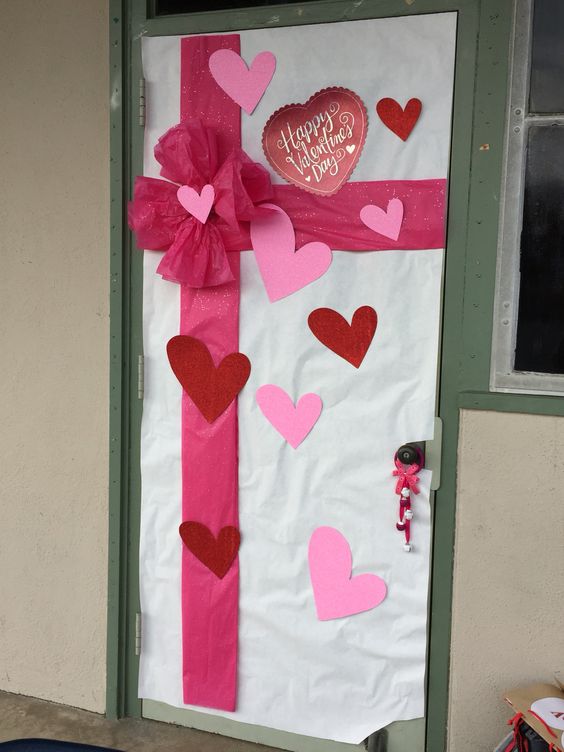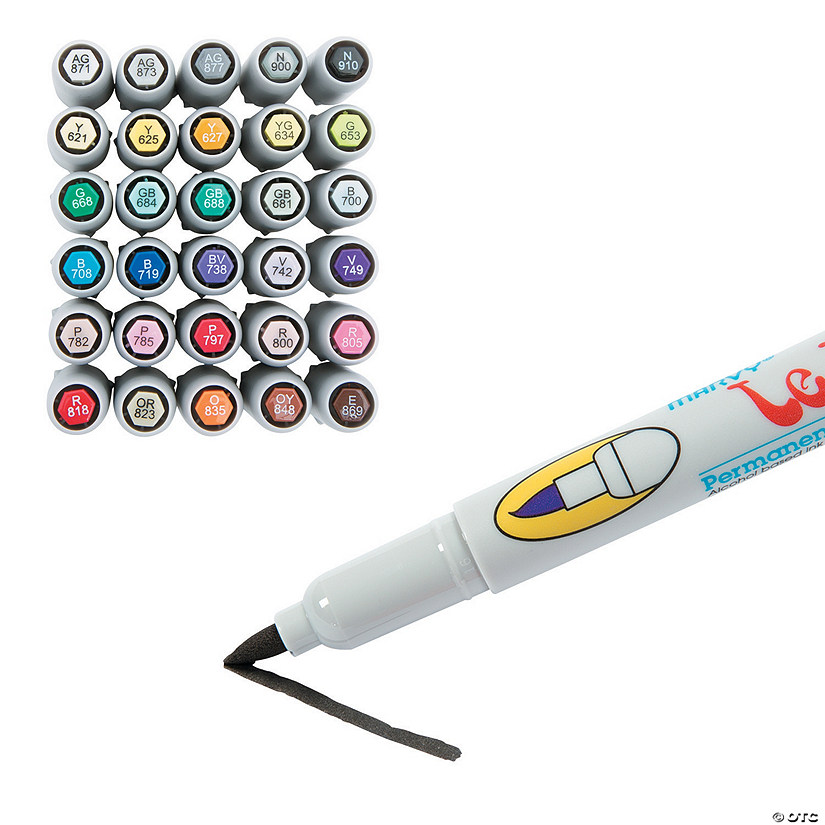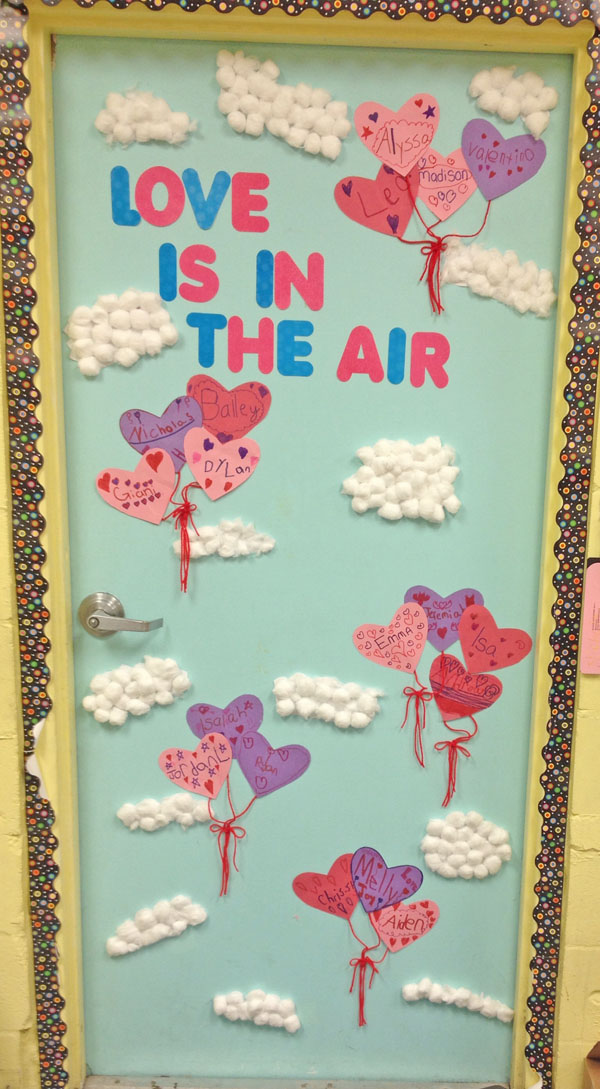Watercolor glazing inkstruck
Table of Contents
Table of Contents
Watercolor painting is a beautiful form of art. It’s a medium that can be tricky to master, especially when it comes to watercolor glazing technique. But fear not, practice makes perfect! In this blog post, we’ll dive deeper into the world of watercolor glazing technique and share some tips and tricks to help you achieve stunning results.
The Pain Points
For many beginners, watercolor glazing technique can be a frustrating and challenging process. Achieving the perfect balance of transparency and opacity can take some time to master. It’s also important to find the right combination of colors that will work well together when layered. Additionally, it can be challenging to avoid unwanted streaks and brush marks when applying multiple layers of paint.
What is Watercolor Glazing Technique?
Watercolor glazing technique is the process of layering transparent washes of color to create depth and luminosity. This technique involves applying layers of color one on top of the other, allowing each layer to dry before continuing with the next. With each layer, the color becomes more intense and deep, resulting in a rich and vibrant painting.
Main Points of Watercolor Glazing Technique
The key to watercolor glazing technique is to start with a light wash of color and build up the layers gradually. It’s important to wait for each layer to dry before moving on to the next to avoid unwanted smudging or bleeding. Additionally, it’s essential to choose colors that will work well together when combined. You can achieve various effects through glazing, such as creating a sense of depth, luminosity, and warmth.
Creating Realistic Skies
One of the most popular applications of watercolor glazing technique is creating realistic skies. To achieve this, you can start with a light blue or pink wash for the sky’s base layer. Once the layer is dry, you can layer other colors on top, such as yellow or orange, to create the appearance of a beautiful sunset or sunrise. To add depth, layer a dark blue or purple on top of the previous layer. This technique can help create a sense of depth and atmosphere.
Adding Detail Through Glazing
Watercolor glazing technique can also be the perfect way to add detail to your paintings. For example, if you want to add texture or interest to a background, you can use the glazing technique to layer colors on top of one another. This technique can help create depth and interest in your painting, making it more dynamic and engaging.
Choosing the Right Colors
When using watercolor glazing technique, it’s crucial to choose colors that will work well together when combined. Typically, transparent watercolors work best. Using a combination of warm and cool tones can help create depth and luminosity in your painting. Before starting, it’s a good idea to experiment with blending different colors and see which ones work well together.
Mastering Watercolor Glazing Technique
Learning watercolor glazing technique takes practice and patience. The most important thing to remember is to take your time and let each layer dry before adding the next. With practice and experimentation, you can create beautiful, luminous paintings that showcase your creativity and skills.
Question and Answer
Q:
What is the best way to avoid brush strokes in watercolor glazing technique?
A:
The best way to avoid brush strokes is to use a flat brush and apply the color in thin, even layers. It’s also critical to let each layer dry before applying the next one.
Q:
How do you create a sense of depth with watercolor glazing technique?
A:
To create depth, start with a light wash and gradually build up layers of color, allowing each layer to dry before adding the next. Using a combination of warm and cool colors can also help create a sense of depth and luminosity.
Q:
What are the best colors to use for watercolor glazing technique?
A:
Transparent colors work best for watercolor glazing technique. It’s also important to choose colors that work well together when layered, such as warm and cool tones.
Q:
How many layers of paint should you apply when using watercolor glazing technique?
A:
The number of layers you apply will depend on the effect you want to achieve. Typically, three to five layers work well for creating depth and luminosity.
Conclusion of Watercolor Glazing Technique
Watercolor glazing technique is a beautiful way to add depth and vibrancy to your paintings. While it can be tricky to master, with practice and patience, you can achieve stunning results. Remember to choose the right combination of colors, apply thin and even layers, and allow each layer to dry before continuing. Experiment with different techniques, and you’ll soon see your painting skills improve.
Gallery
WATERCOLOR GLAZING TECHNIQUE - Inkstruck Studio

Photo Credit by: bing.com / watercolor glazing layering inkstruck technique
WATERCOLOR GLAZING TECHNIQUE - Inkstruck Studio | Watercolor Painting

Photo Credit by: bing.com / watercolor glazing inkstruck technique studio choose board techniques painting
Techniques For Glazing With Watercolor | Watercolor Paintings

Photo Credit by: bing.com / glazing washes overlaying
The Rita’s Art Blog: Tuesday’s Tips And Techniques For Watercolor Painting

Photo Credit by: bing.com / glazing techniques watercolor painting rita tips
WATERCOLOR GLAZING TECHNIQUE - Inkstruck Studio

Photo Credit by: bing.com / watercolor glazing inkstruck





